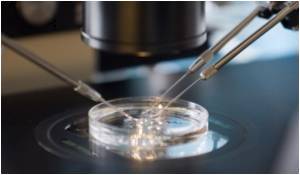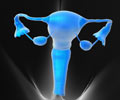Cambridge University researchers have developed a video technique that could significantly improve the success of IVF pregnancies by providing doctors with a quick and accurate way

It would also reduce the financial cost of treatment and the emotional heartache of repeatedly failing to become pregnant.
Professor Magdalena Zernicka-Goetz, one of the researchers who devised the technique, believes it will be particularly useful for older women.
"More and more women are deciding to have their babies in their 30s and 40s. For them it's an extremely important option but most women in the UK could benefit," she told the Daily Mail.
Using time-lapse videos and a technique called particle imaging velocitometry, she found that the state of the cytoplasm, the jelly-like 'white' of the egg, in the two hours after fertilisation is crucial.
Pulses of movement sweep through the cytoplasm and the faster they move, the more likely a pregnancy will result.
Advertisement
"That's a huge difference. It's not just two-fold, it's three-fold," the professor said.
Advertisement
The study has been published in the journal Nature Communications.
Source-ANI












